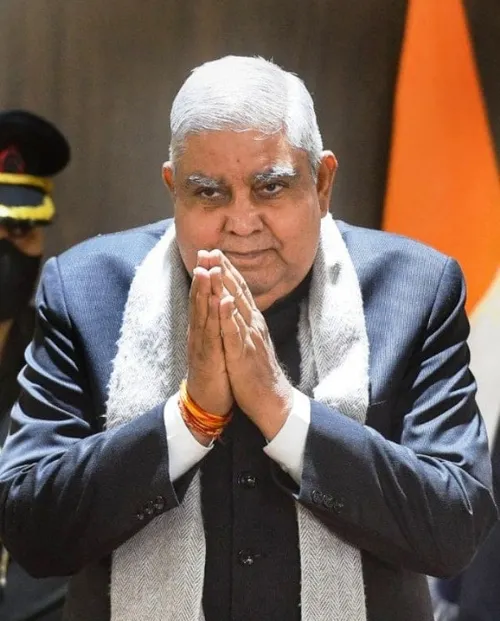Armed with ₹20,000 crore and a mission, India’s nuclear establishment seems all set to harness the in-thing — small modular reactors. Going by what the government is telling the Parliamentary Standing Committee on Science and Technology, Environment, Forests and Climate Change, the country could come up with five SMRs by 2033, en route to the national goal of achieving 100 GW of nuclear power capacity by 2047.
While there is no global definition of an SMR, it is generally accepted that anything below 300 MW is ‘small’; there is no lower limit — even kw-scale micro reactors are possible. However, India will be developing SMRs in a range of capacities — 220 MW Bharat small reactors (BSR); 50 MW Bharat small modular reactors (BSMR); 5 MWt (thermal — about 2 MW of electrical) gas-cooled micro modular reactor (GCMMR); and other advanced technologies.
The government told the committee it would deploy the ₹20,000 crore on R&D related to fuel cycle, and the installation and commissioning of demonstration plants — namely 200 MWe loop-type BSMR; and 5 MWt gas-cooled reactor (hydrogen generator).
The Department of Atomic Energy’s three-fold focus in developing SMRs are: Repurposing ageing thermal power plants; captive power generation aimed at the energy-intensive domestic heavy industry, such as steel and aluminium, with a rated power of around 200 MW; and small power plants, typical rating of 50 MW, meant for remote locations.
Funding plan
While BSMR and SMR will be pressurised water reactors, for which India largely has the technology ready, the design of gas-cooled reactors has been initiated.
According to insiders, the committee recommended that initial funding should focus on BSMR and GCMMR demonstration plants, ahead of large-scale commercialisation.
SMRs that use light water are relatively easier to develop, owing to the proven operating experience with light water reactors worldwide.
Furthermore, international collaboration with established nuclear agencies would enable adoption of best practices in reactor design and safety protocols. Russia’s integrated nuclear power major Rosatom is a major player in this segment.
While SMRs are expected to account for about 41 GW of the targeted 100 GW by 2047, the rest will be from existing and under-construction nuclear plants. The government anticipates 22.48 GW capacity by 2031-32 — a target arrived at after several downward revisions over the years; today the country has 8.18 GW.
Perhaps recognising this, the committee has recommended phased capacity additions, with the overall goal to be divided into clear short-term (2030), medium-term (2040), and long-term (2047) milestones.
(The writer is an independent journalist)
More Like This
Published on April 20, 2025
Anurag Dhole is a seasoned journalist and content writer with a passion for delivering timely, accurate, and engaging stories. With over 8 years of experience in digital media, she covers a wide range of topics—from breaking news and politics to business insights and cultural trends. Jane's writing style blends clarity with depth, aiming to inform and inspire readers in a fast-paced media landscape. When she’s not chasing stories, she’s likely reading investigative features or exploring local cafés for her next writing spot.






